Affiliate links on Android Authority may earn us a commission. Learn more.
Samsung Galaxy Fold 2: What we want to see in Samsung's next foldable
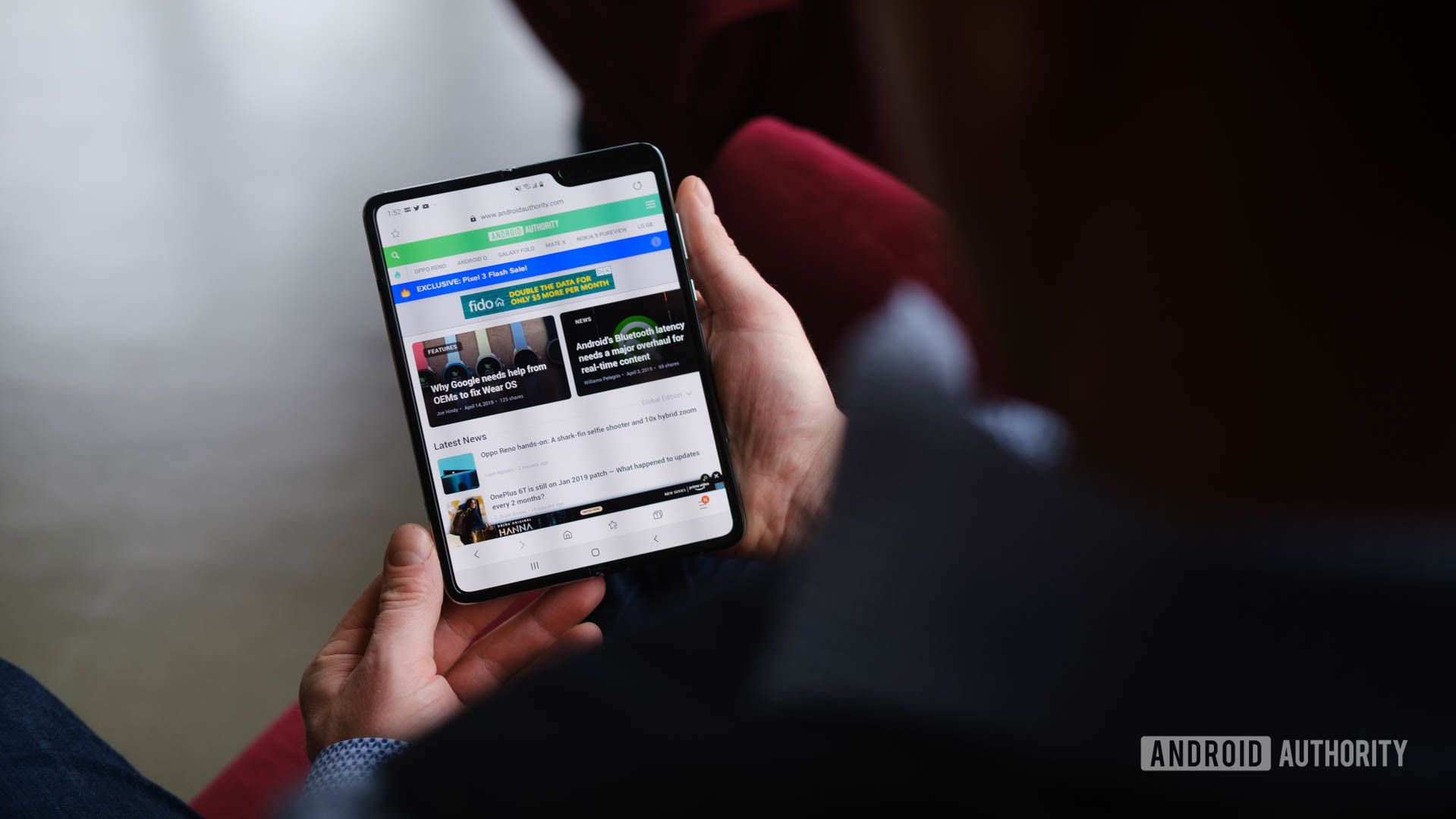
The story of the Samsung Galaxy Fold is a bumpy one, full of ups, downs, twists, turns, and full-on wipeouts. The foldable phone, first teased in November 2018, didn’t reach the market until September 2019 — after it was delayed due to faulty screens. Even after launch, it didn’t quite live up to expectations. The screen, for example, failed some torture tests. And the phone was vulnerable to scratches. No one knows for certain how well the $1,980 Galaxy Fold sold, but reports suggest somewhere around half a million.
It’s probably worth cutting Samsung a little bit of slack, as the Fold was one of the first of its kind to hit store shelves. Some bugs were to be expected. Samsung has the opportunity to redeem itself with the Galaxy Fold 2. Rumors about this sequel have already piled up across the internet, suggesting features such as an under-the-screen selfie camera will be on board.
These are the five things Android Authority wants to see in the Samsung Galaxy Fold 2.
Also read: Samsung Galaxy Fold review
1. Better outer display
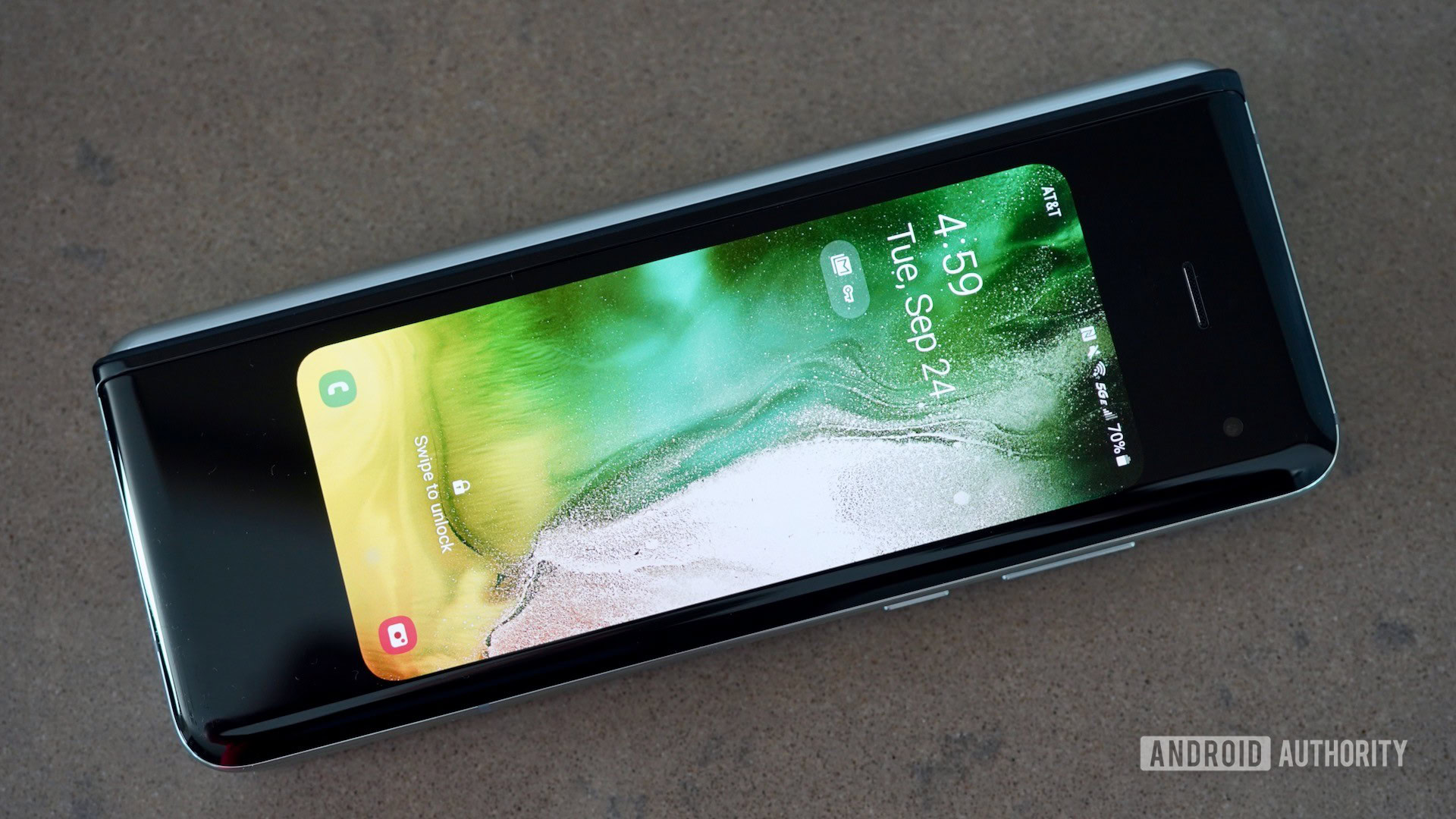
If one thing about the Galaxy Fold really bothered me, it was the outer display. At 4.6 inches with a 21:9 aspect ratio, it was tall, skinny, and awkward. The resolution was respectable at 1,680 by 720, and the outer display was bright and crisp enough. I don’t think the display needs more pixels, but larger dimensions might help with usability, as could better positioning on the front face. Even though the outer display acts as a full phone, it still came across as stunted in terms of features.
I found I never used the outer display for anything other than triaging notifications.
Everything you can do on the outer screen you can do on the inner screen, thanks to app continuity. Samsung and Google together created the APIs developers need so apps transition seamlessly not only from one screen to the other, but from one shape or window to another as people multitask with the Galaxy Fold. That’s all great, but I found that I never wanted to use the outer display for anything other than triaging notifications. It became a glorified always-on lock screen. Samsung needs to tweak the experience to give people a reason to actually take advantage of the outer display.
2. Thinner profile
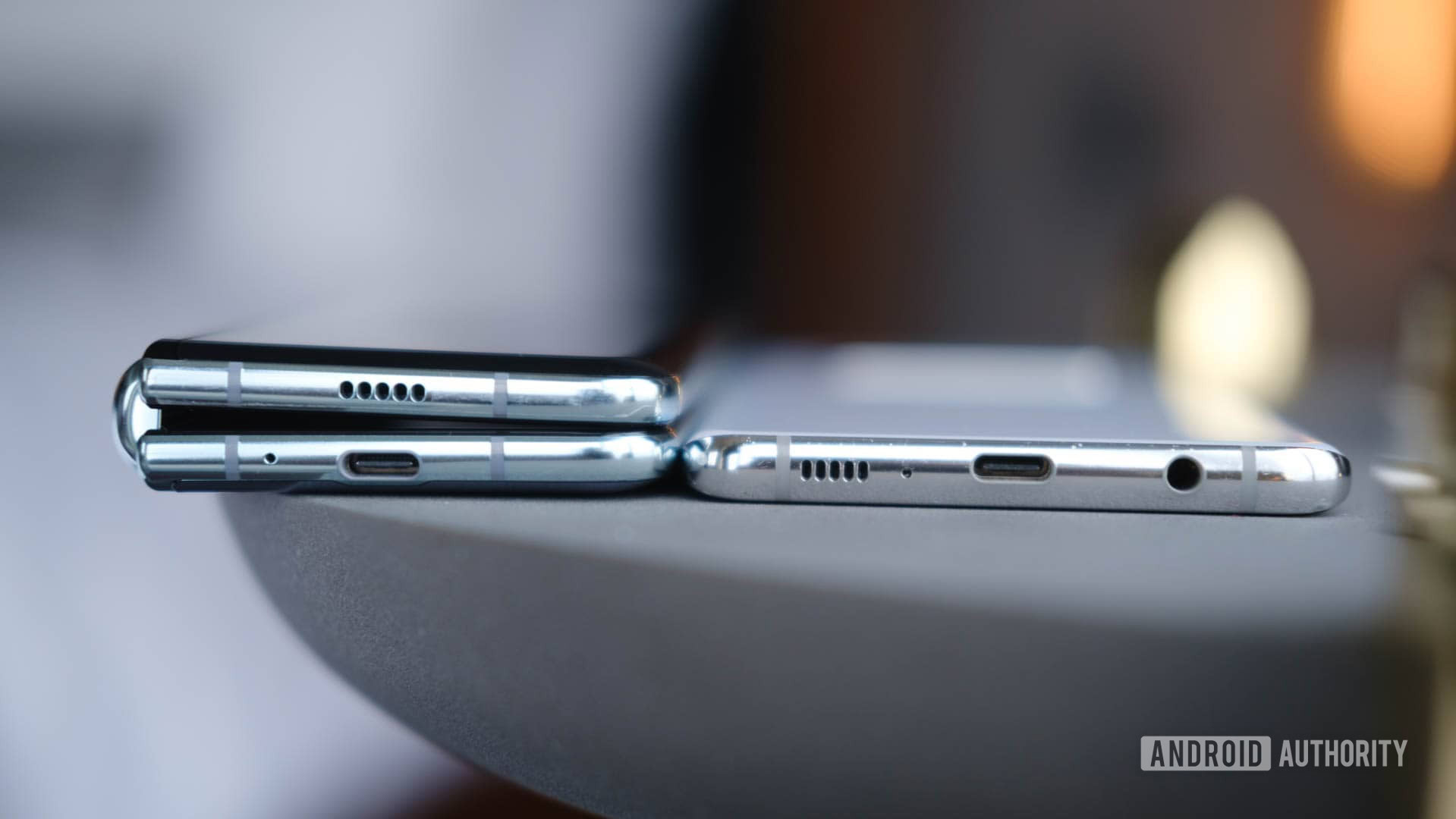
The Galaxy Fold is big and heavy. It measures 160.9 x 62.8 x 15.7mm closed, or 160.9 x 117.9 x 6.9mm open, and weighs in at 276g. That’s 100g more than most phones. While phone weight bothers some people, the biggest issue facing the Fold was the thickness when closed. At nearly 16mm thick, the Galaxy Fold was a monster in your pocket. This made lugging it around an uncomfortable experience, depending on how tight you like your jeans.
We understand that the first-generation technology put to use in this original phone had limitations. That said, we expect to see Samsung overcome some of these limitations in the Galaxy Fold 2. If Samsung can reduce the closed thickness by even 1 or 2mm (okay, and the weight a little bit, too), that would be a big help. Can Samsung do it? We don’t know, but we can hope.
3. No notch
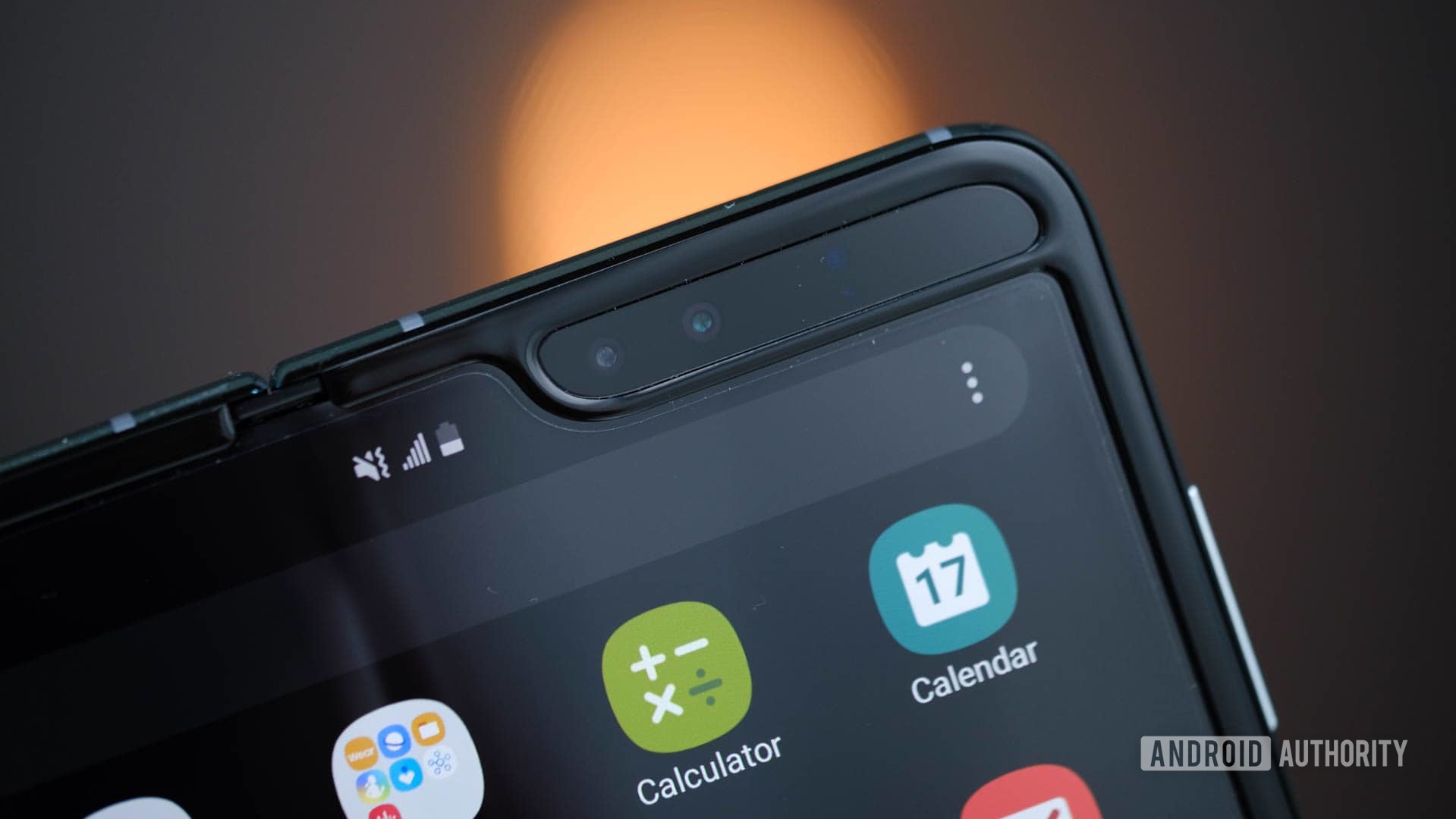
You see that weird, scooped out section in the photo above? Yeah, that’s the camera notch and it’s ugly as sin. We hope the notch goes away on the Galaxy Fold 2.
Notches were a short-lived design necessity. In the race to create the thinnest-possible bezels, phone makers pushed their screens all the way up against the top edge, leaving no room for the user-facing camera. Notches allow phone makers to keep selfie cams and tech such as IR scanners on front while maximizing screen real estate.
Many of the latest phones, such as the Samsung Galaxy S20 Ultra, have resolved the need for notches with punch hole displays, and that’s a good thing. I firmly believe Samsung can blend its folding screen technology with its Infinity-O displays to create a bendable screen with a punch hole camera. In other words, no nasty notch.
See also: Best phones for notch haters
4. More durable
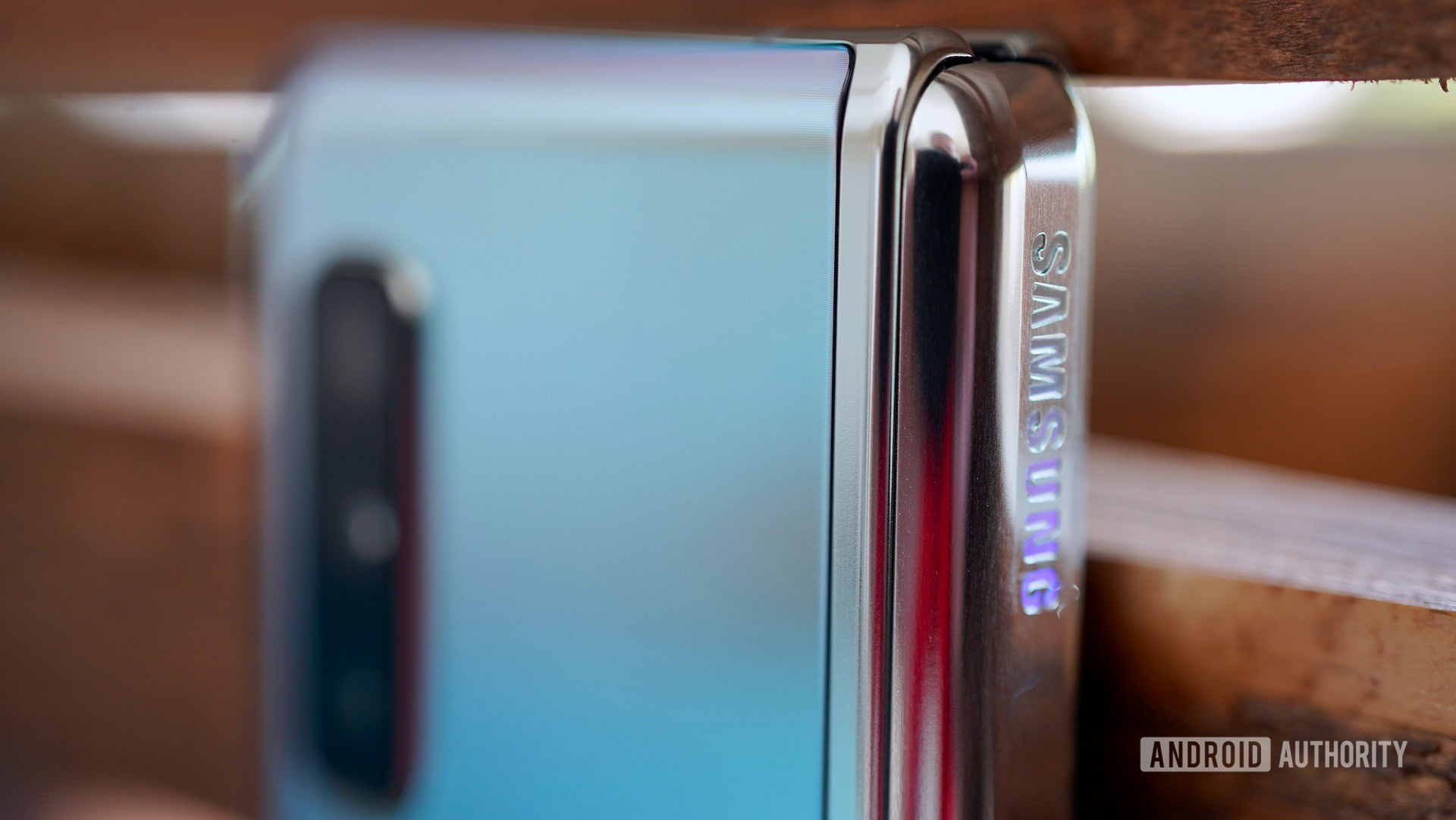
If you recall, the initial wave of reviewers mistakenly thought a protective layer applied to the screen was an optional, removable film. It wasn’t. Peeling the plastic off wrecked the screen. Moreover, some faulted the hinge for being a bit wonky.
Samsung went through a number of steps to reinforce the device after the first units failed in spectacular fashion. I wouldn’t give the strength of the v1.5 hinge a second thought. It’s clearly over-engineered to withstand thousands upon thousands of open-and-close actions. Samsung replicated the hinge on the smaller Galaxy Z Flip.
The Fold 2 should be able to survive typical, everyday use.
None of this means the Fold is rugged, not at all. It’s not IP rated, and Samsung basically warns against ever dropping it. The same is true of the Z Flip. The biggest issue is dust. The nature of the folding screen means there’s a lot of movement of the display itself, including the hinge wiring, and such. Though Samsung has a system of bristles meant to keep dust out of the hinge mechanism, dirt is still a risk.
I’m not asking Samsung to ensure the Fold 2 has a mil-spec toughness rating. The phone should, however, be able to survive the trials and tribulations of typical everyday use.
5. Lower price tag
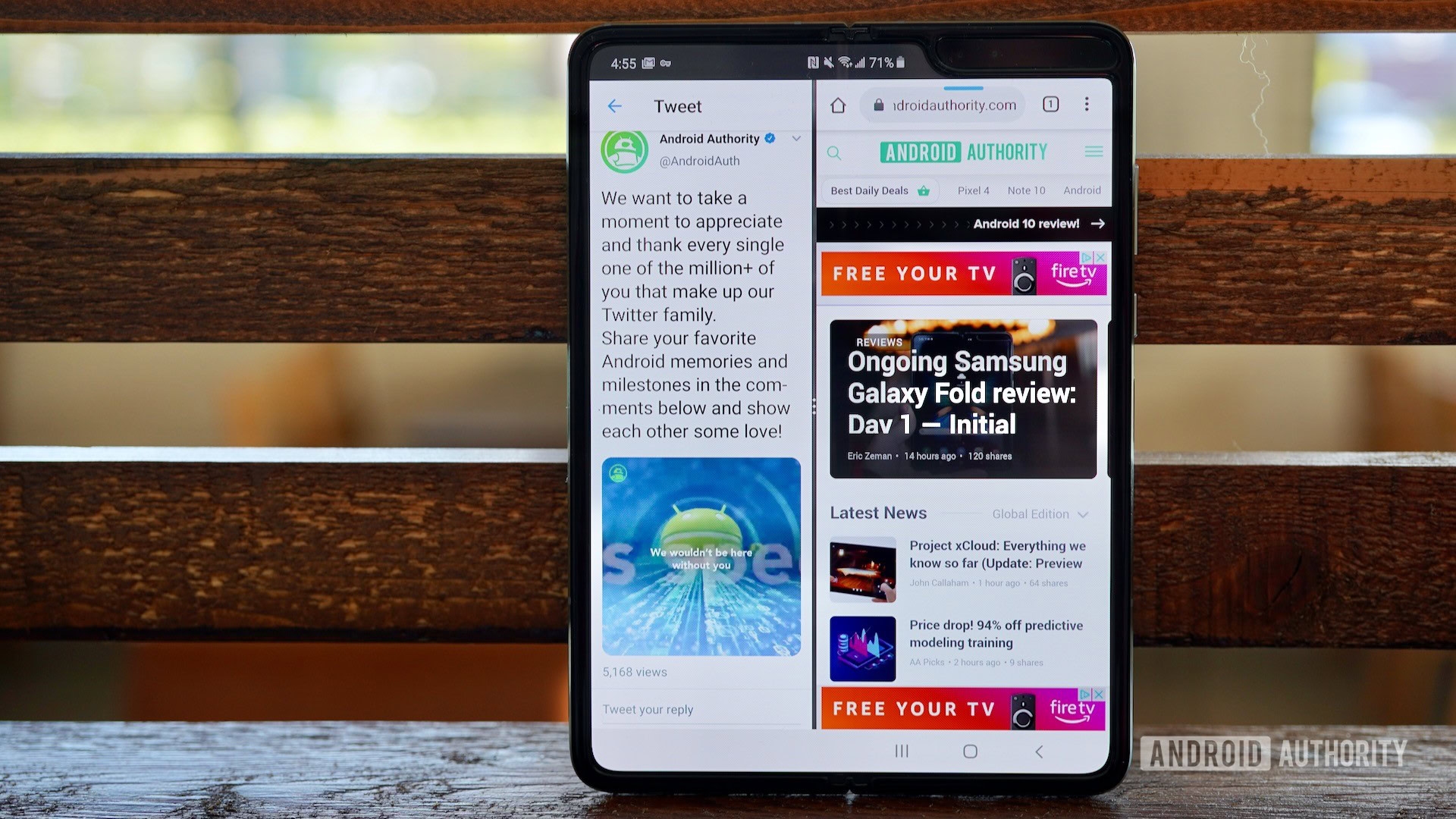
The Galaxy Fold costs an eye-watering $1,980. Few phones, such as the $2,400 HUAWEI Mate X, cost more. More than a handful of devices come close to the Fold, including Samsung’s own Galaxy S20 Ultra and Galaxy Z Flip, both of which are just under $1,400. I don’t expect to see Samsung lower the cost by hundreds and hundreds, but it’s safe to assume that Samsung has worked out some efficiencies in the design and manufacture of the Galaxy Fold. Samsung should be able to pass these savings along to consumers in some amount. I think $1,600 or below would be a good starting point for the Galaxy Fold 2.
By the way, if you’re interested in picking up the Galaxy Fold at a (more) reasonable price, you can score a certified renewed one on Amazon for about $1,390.
See also: HUAWEI Mate Xs review